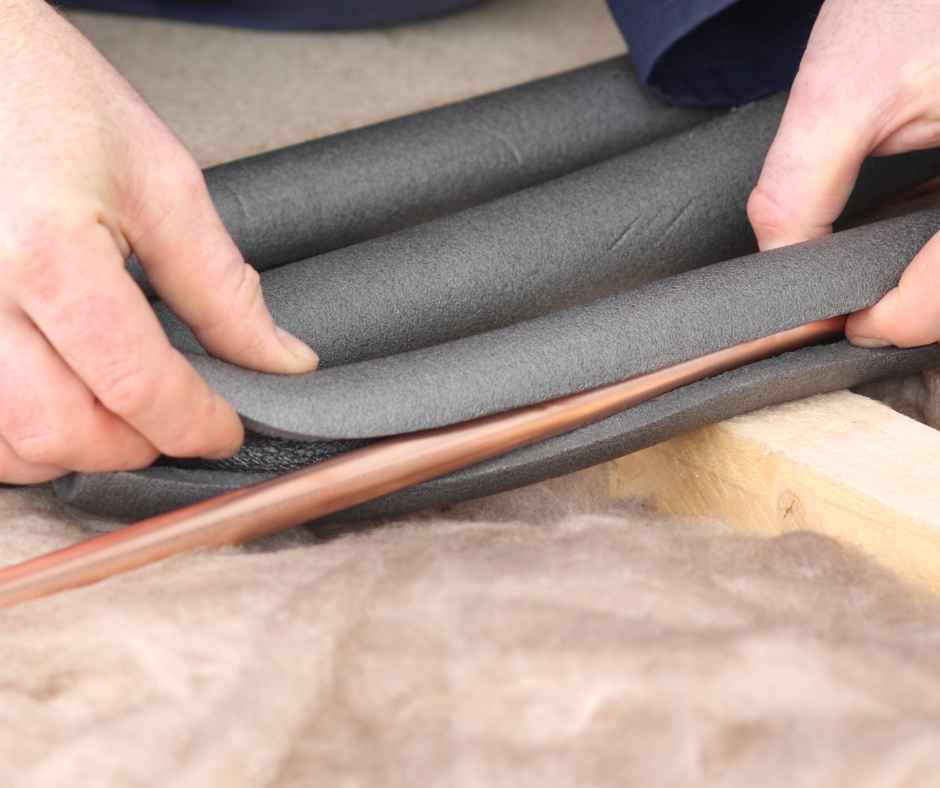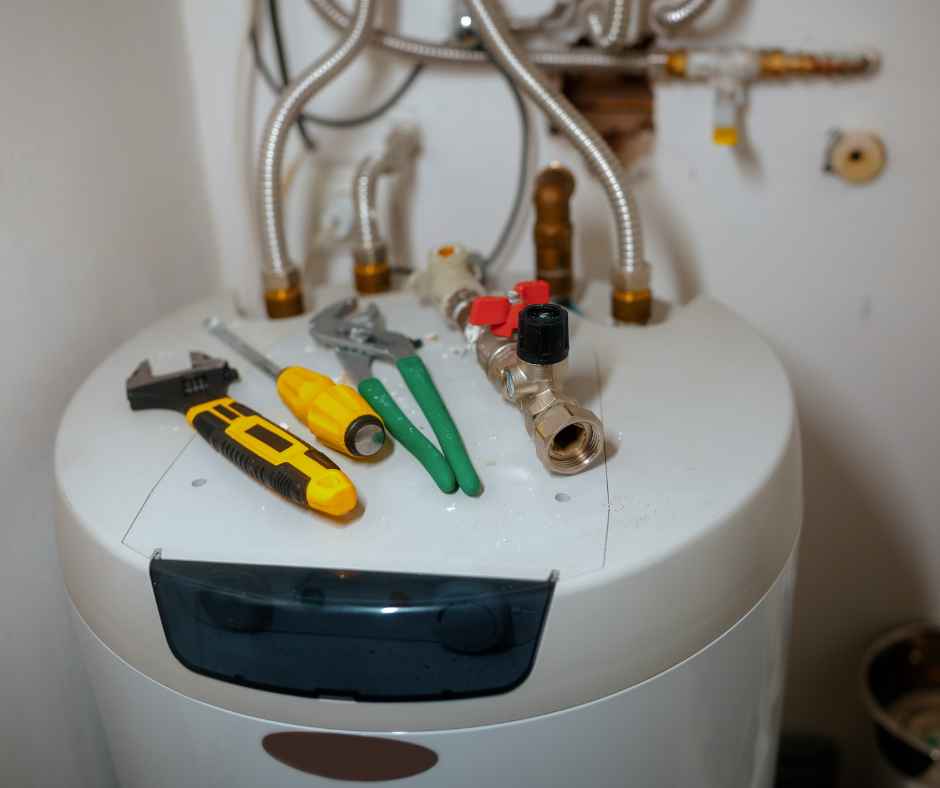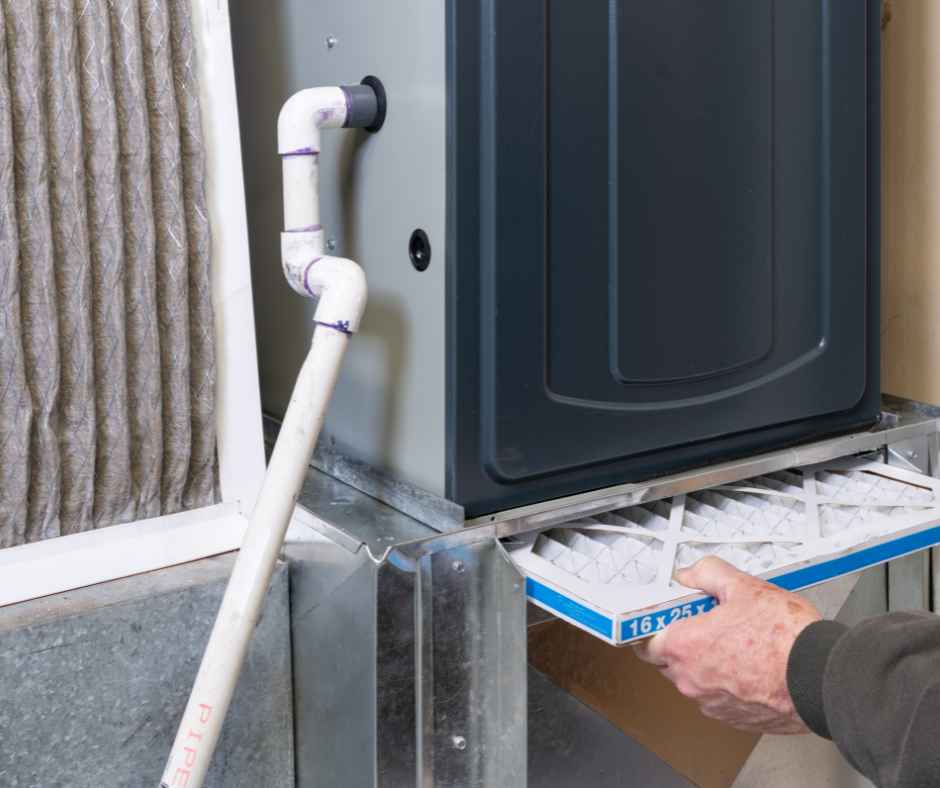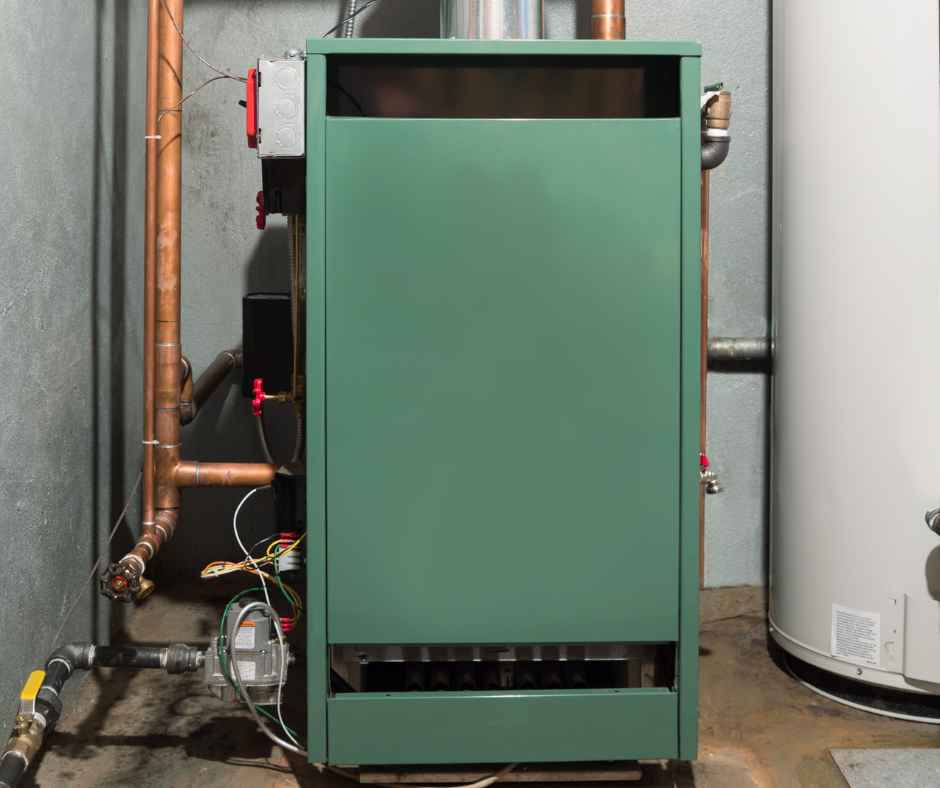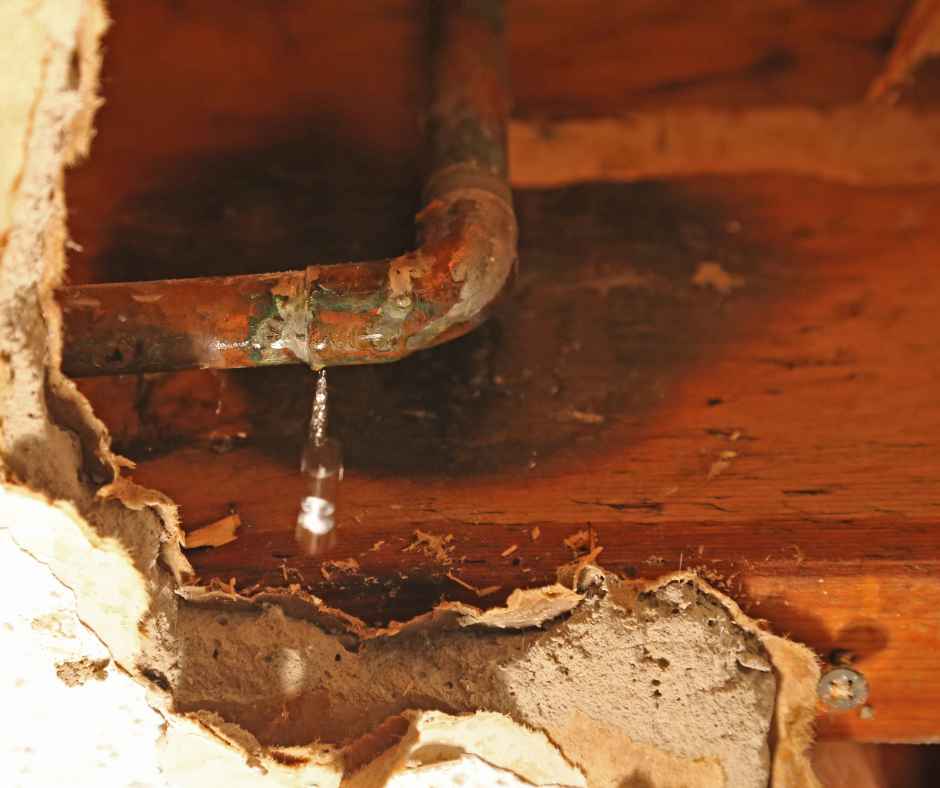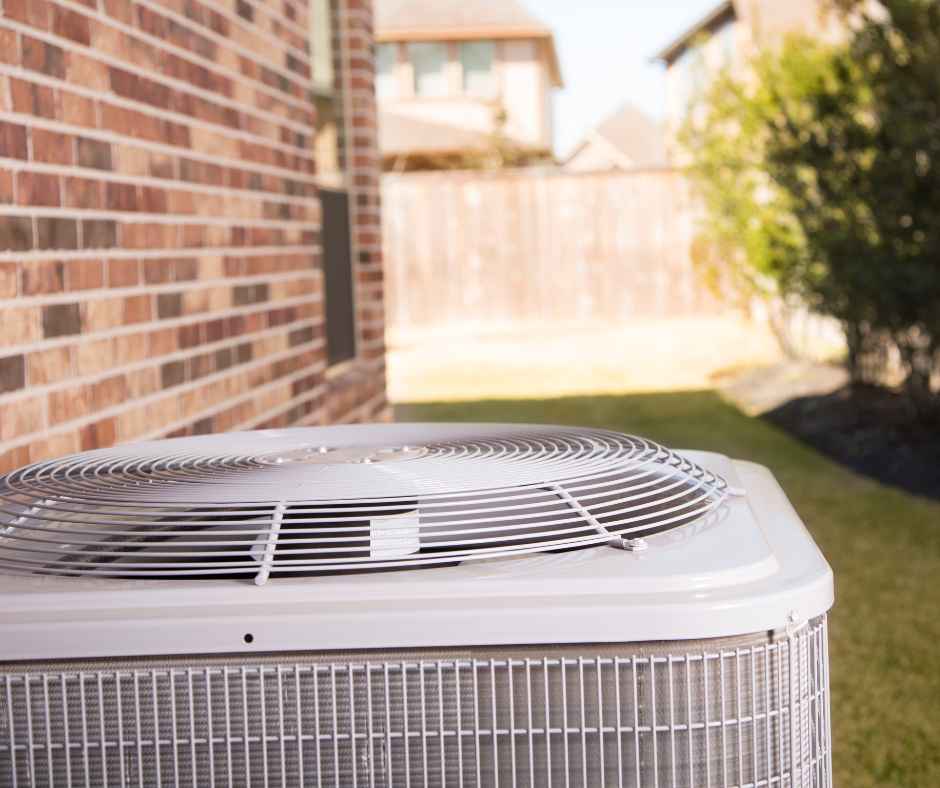Serving central Maryland & eastern shore
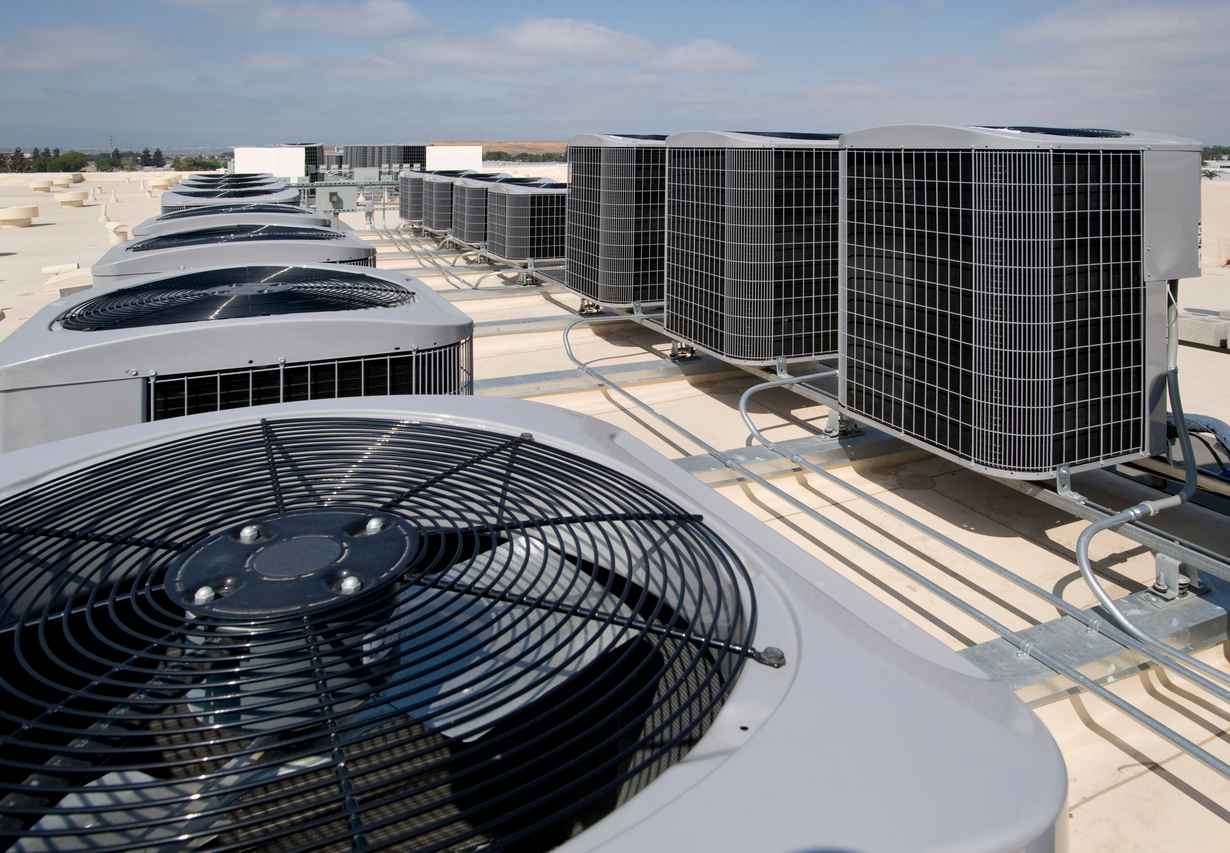
What Does SEER Mean in HVAC?
When shopping for a new air conditioning system, you’ve likely come across the term SEER, but what does SEER mean in HVAC? SEER, or Seasonal Energy Efficiency Ratio, is a critical factor in determining the efficiency of your air conditioner or heat pump. Understanding SEER ratings can help you choose the best system for your home, maximize energy savings, and improve overall comfort. In this blog, we’ll break down what SEER is, how it impacts energy efficiency, and why it matters when selecting an HVAC system.
What is SEER?
SEER stands for Seasonal Energy Efficiency Ratio. It measures the cooling output of an air conditioning system divided by the amount of energy it consumes over a typical cooling season. In simpler terms, SEER is a ratio that reflects how efficiently an HVAC system uses energy to cool your home.
The higher the SEER rating, the more energy-efficient the system is. For example, an air conditioner with a SEER rating of 20 is more efficient than one with a SEER rating of 14, meaning it will use less energy to provide the same cooling performance. This can translate into lower utility bills and a smaller carbon footprint.
How is SEER Calculated?
SEER ratings are calculated by dividing the total cooling output of the system (measured in British Thermal Units or BTUs) by the total electricity consumed during a cooling season (measured in watt-hours). However, it’s important to note that SEER ratings are not static—they represent the system’s efficiency under varying conditions over an entire season, rather than in a single moment.
The minimum SEER rating required by law is currently 14, though it can vary depending on the region of the country. Many modern systems offer SEER ratings as high as 21 or more.
Why Does SEER Matter?
- Energy Efficiency: A higher SEER rating means better energy efficiency, which can lead to significant savings on your electricity bills. HVAC systems are responsible for a large portion of household energy consumption, so investing in a high-SEER system can make a noticeable difference.
- Environmental Impact: Lower energy consumption means reduced greenhouse gas emissions. By choosing a high-SEER air conditioner, you contribute to a more eco-friendly home.
- Long-Term Savings: While higher-SEER systems tend to have a higher upfront cost, they often pay for themselves over time through reduced energy bills. This is especially true in areas with hot, humid summers where air conditioning usage is high.
- Enhanced Comfort: High-SEER units often come with advanced features like variable-speed motors and smart thermostats that provide more precise temperature control and increased comfort levels. These systems can run longer at lower speeds, maintaining a consistent indoor temperature without frequent on-and-off cycles.
SEER and Heat Pumps
It’s important to note that SEER ratings don’t just apply to air conditioners—they also apply to heat pumps when they’re in cooling mode. If you’re considering a heat pump as a dual-purpose heating and cooling solution, the SEER rating is still an essential factor to consider for energy efficiency.
In heating mode, heat pumps have a different efficiency metric known as HSPF (Heating Seasonal Performance Factor), which measures heating efficiency. When evaluating a heat pump, it’s important to consider both the SEER and HSPF ratings to ensure optimal performance year-round.
HVAC Services in Central Maryland
If you’re ready to upgrade your HVAC system or need guidance on selecting the right SEER rating for your home, contact W.L. Staton today. Our team of experts is here to help you with all your HVAC needs, from installation to maintenance, ensuring your home stays cool and energy-efficient throughout the year.


